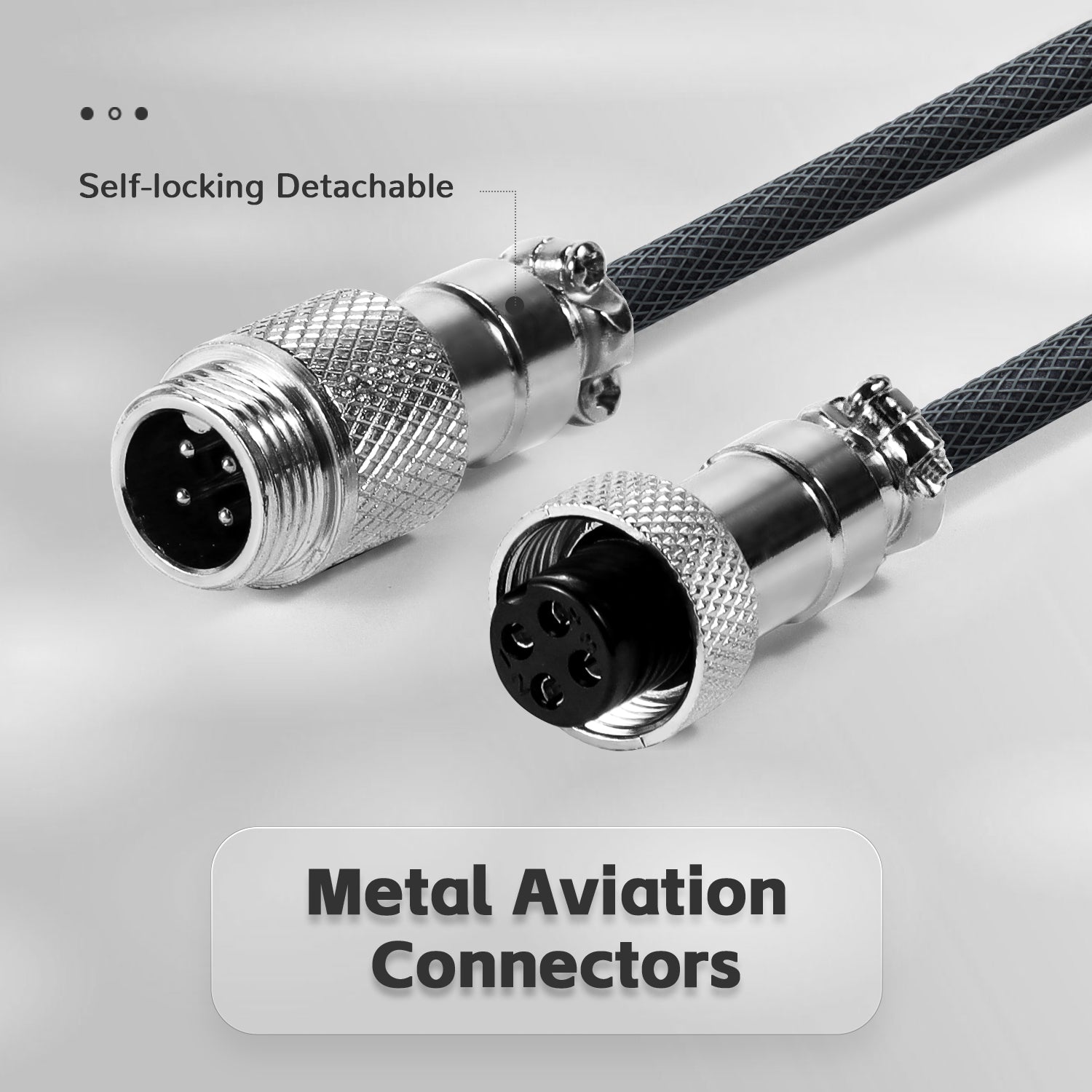In the realm of keyboard peripherals, mechanical keyboards have gained immense popularity among gamers, typists, and tech enthusiasts alike. But what makes them so special? The answer lies in the switches that power these keyboards. Understanding the different types of switches is crucial for selecting the right mechanical keyboard that suits your needs.

Understanding Mechanical Switches
Mechanical switches are the heart of mechanical keyboards. They consist of several components, including a housing, spring, and stem. When you press a key, the stem moves down, compressing the spring, and eventually makes contact with an electrical circuit. This process results in a tactile response and an audible click, depending on the type of switch.
"The choice of switch can significantly affect your typing experience." - Keyboard Enthusiast
Types of Mechanical Switches
There are three primary categories of mechanical switches: tactile, linear, and clicky. Each type offers a unique feel and sound, catering to different preferences.
- Tactile Switches: These switches provide a noticeable bump when the key is actuated, making them ideal for typists who appreciate feedback.
- Linear Switches: Linear switches offer a smooth keystroke without any tactile feedback. They are often favored by gamers for their quick actuation.
- Clicky Switches: Clicky switches produce an audible click sound, providing both tactile and auditory feedback. They are popular among those who enjoy a more traditional typing experience.
Choosing the Right Switch for Your Needs
When selecting a mechanical keyboard, consider your primary use case. Are you a gamer seeking rapid response times, or a writer who values tactile feedback? If you are unsure, testing different switches in-store can provide valuable insights. Additionally, you might want to explore popular options like the Razer Green Switch or the Cherry MX Red Switch.
Key Features of Mechanical Keyboards
Beyond the switches, other features of keyboard peripherals can enhance your experience:
- Build Quality: Look for keyboards with sturdy materials that can withstand heavy use.
- Backlighting: RGB lighting can add a personal touch and improve visibility in low-light conditions.
- Programmability: Some keyboards allow you to customize key functions, which can be beneficial for gamers and professionals alike.
Conclusion
In conclusion, understanding the various types of mechanical switches is essential for choosing the right mechanical keyboard. Whether you prefer tactile, linear, or clicky switches, there is a keyboard peripheral that will meet your needs. Remember to consider additional features such as build quality and programmability to enhance your overall experience.
For more insights, check out this informative video on mechanical keyboards that dives deeper into the world of keyboard peripherals.
References









